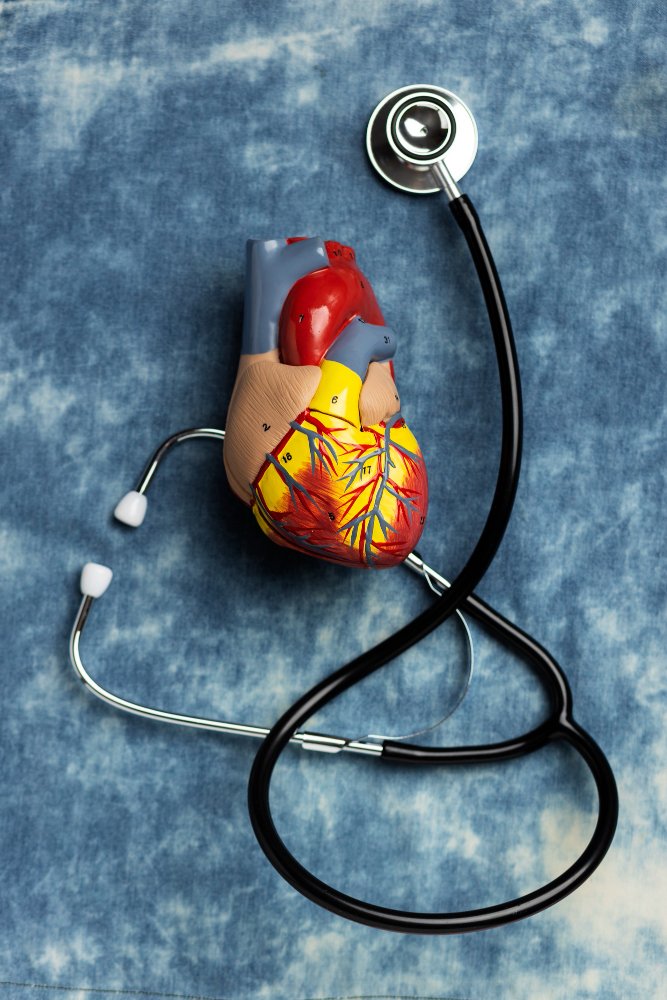Overview
Systolic heart failure, also known as heart failure with reduced ejection fraction (HFrEF), occurs when the heart’s left ventricle loses its ability to contract effectively. This condition results in insufficient blood being pumped to meet the body’s needs. In Korea, the incidence of systolic heart failure is rising due to an aging population and increasing prevalence of conditions like hypertension, diabetes, and coronary artery disease.
What is Systolic Heart Failure?
Systolic heart failure is a type of heart failure where the heart muscle becomes weak and cannot pump blood with enough force. It is diagnosed when the left ventricular ejection fraction (LVEF) is less than 40%, meaning the heart pumps out less than 40% of the blood it receives.
It differs from diastolic heart failure (heart failure with preserved ejection fraction), where the heart pumps normally but cannot fill adequately.
Symptoms
Common symptoms of systolic heart failure include:
- Shortness of breath (dyspnea), especially during exertion or lying down
- Fatigue and weakness
- Swelling (edema) in legs, ankles, and feet
- Rapid or irregular heartbeat
- Persistent cough or wheezing with white or pink-tinged mucus
- Difficulty concentrating or confusion
- Sudden weight gain from fluid retention
Causes
Systolic heart failure may result from various conditions that damage or weaken the heart, such as:
- Coronary artery disease (CAD) – most common cause in Korea
- Heart attack (myocardial infarction)
- High blood pressure (hypertension)
- Cardiomyopathy (genetic, alcohol-induced, viral)
- Valve disease
- Arrhythmias (e.g., atrial fibrillation)
- Diabetes mellitus
- Thyroid disorders
- Certain cancer therapies (e.g., chemotherapy or radiation)
Risk Factors
- Age (common in people over 60)
- Male gender (higher risk for systolic dysfunction)
- Smoking
- Obesity
- Sedentary lifestyle
- Excessive alcohol consumption
- Family history of heart disease
- Poorly controlled hypertension or diabetes
Complications
If untreated or poorly managed, systolic heart failure can lead to:
- Kidney damage or failure
- Liver congestion
- Pulmonary hypertension
- Arrhythmias
- Stroke
- Cardiogenic shock
- Death
Prevention
To prevent or reduce the risk of systolic heart failure:
- Control high blood pressure and diabetes
- Avoid smoking and alcohol abuse
- Eat a low-sodium, heart-healthy diet
- Maintain a healthy weight
- Exercise regularly
- Manage stress
- Regular cardiac checkups if at risk
Treatment Options in Korea
Korea offers comprehensive and advanced treatment options for systolic heart failure through its top-tier hospitals and heart centers.
1. Medication:
- ACE inhibitors / ARBs / ARNI (e.g., sacubitril/valsartan) – improve survival and reduce hospitalization
- Beta-blockers – reduce heart rate and improve function
- Mineralocorticoid receptor antagonists (e.g., spironolactone)
- SGLT2 inhibitors (e.g., dapagliflozin) – now widely used in Korea for heart failure
- Diuretics – to relieve fluid buildup
- Digoxin – in select cases
2. Device Therapy:
- Implantable cardioverter-defibrillator (ICD) – for patients at high risk of sudden death
- Cardiac resynchronization therapy (CRT) – for patients with ventricular dyssynchrony
- Left ventricular assist device (LVAD) – for end-stage heart failure as a bridge to transplant
3. Surgical Intervention:
- Coronary artery bypass graft (CABG) or angioplasty if CAD is the cause
- Valve repair or replacement if valve disease is involved
- Heart transplantation – performed in highly specialized centers like Asan Medical Center, Seoul National University Hospital, or Samsung Medical Center
4. Lifestyle & Rehabilitation:
- Cardiac rehabilitation programs are widely available
- Personalized exercise, diet, and psychological support
- Remote monitoring using mobile health apps in some hospitals
5. Support Systems:
- The Korean Heart Failure Society provides guidelines and awareness
- National Health Insurance covers most treatments, making advanced therapies more accessible













